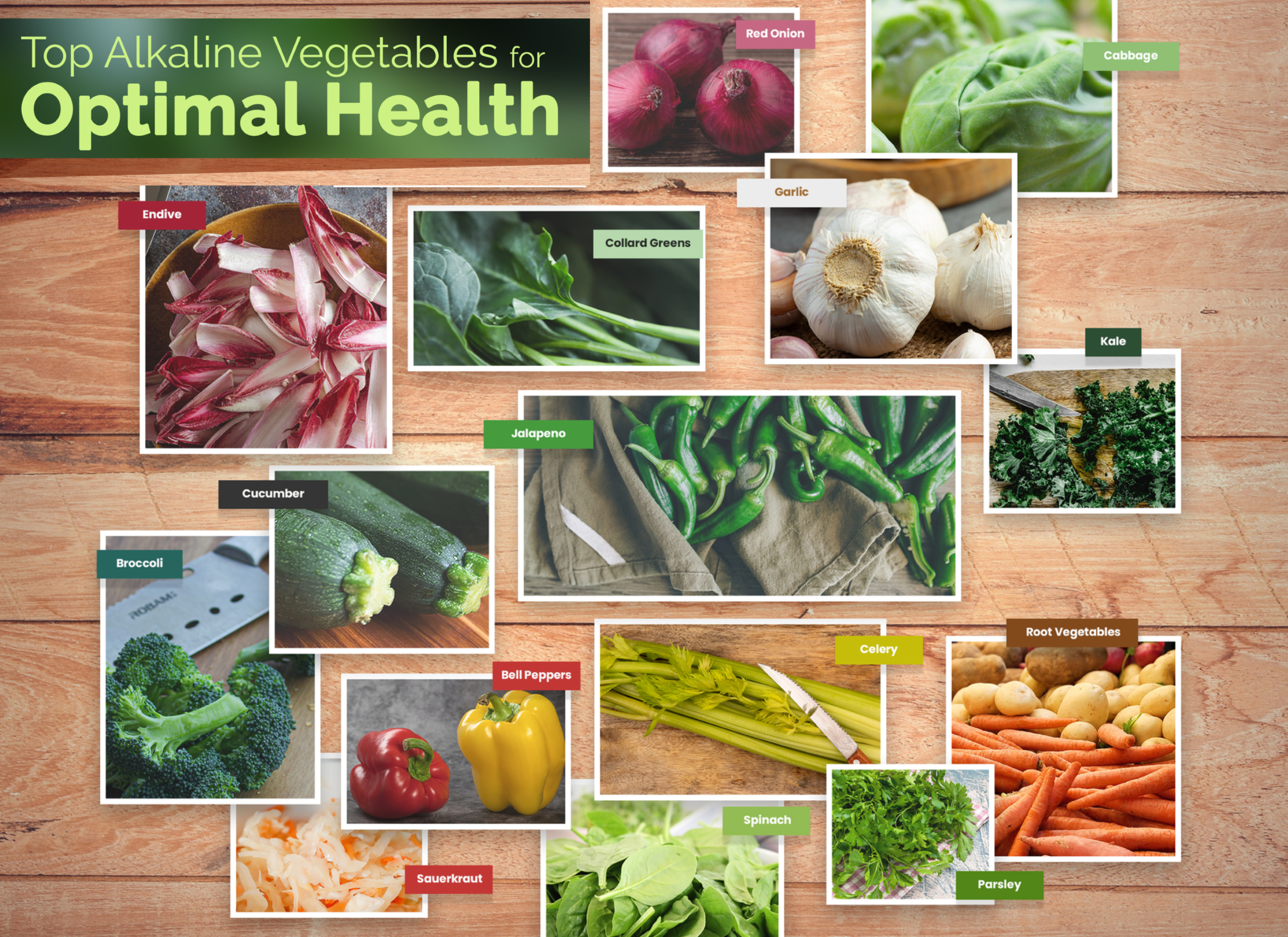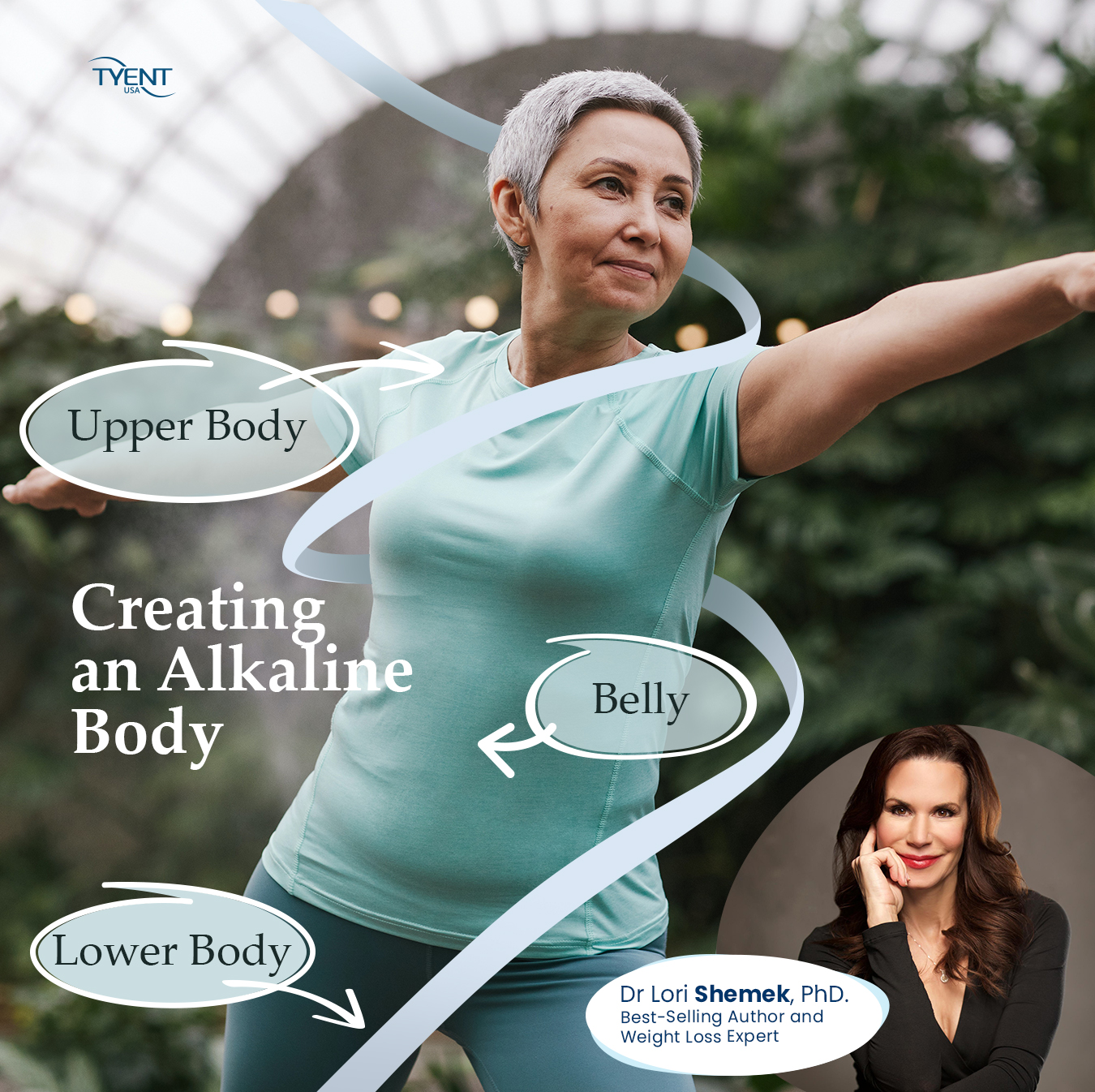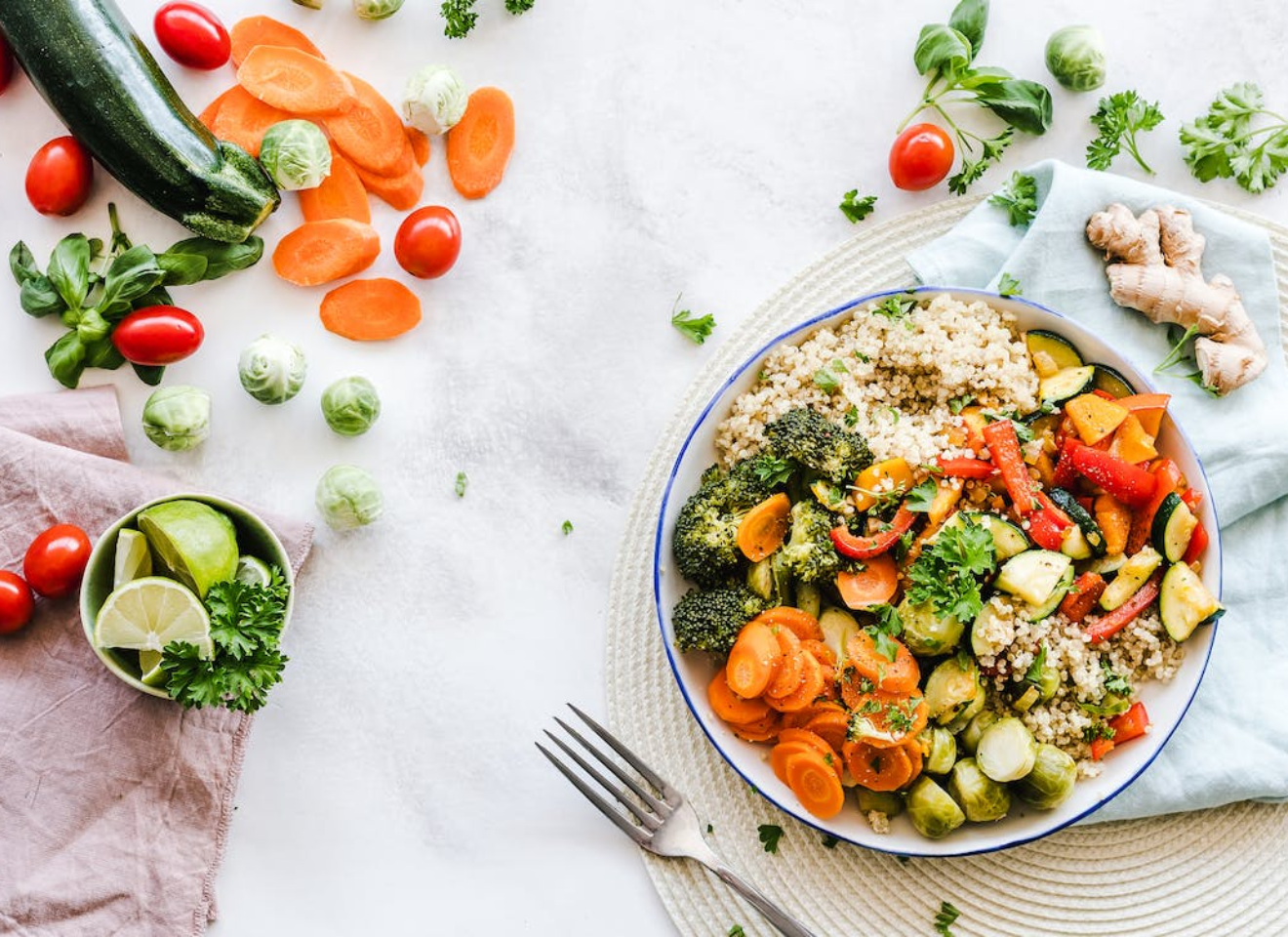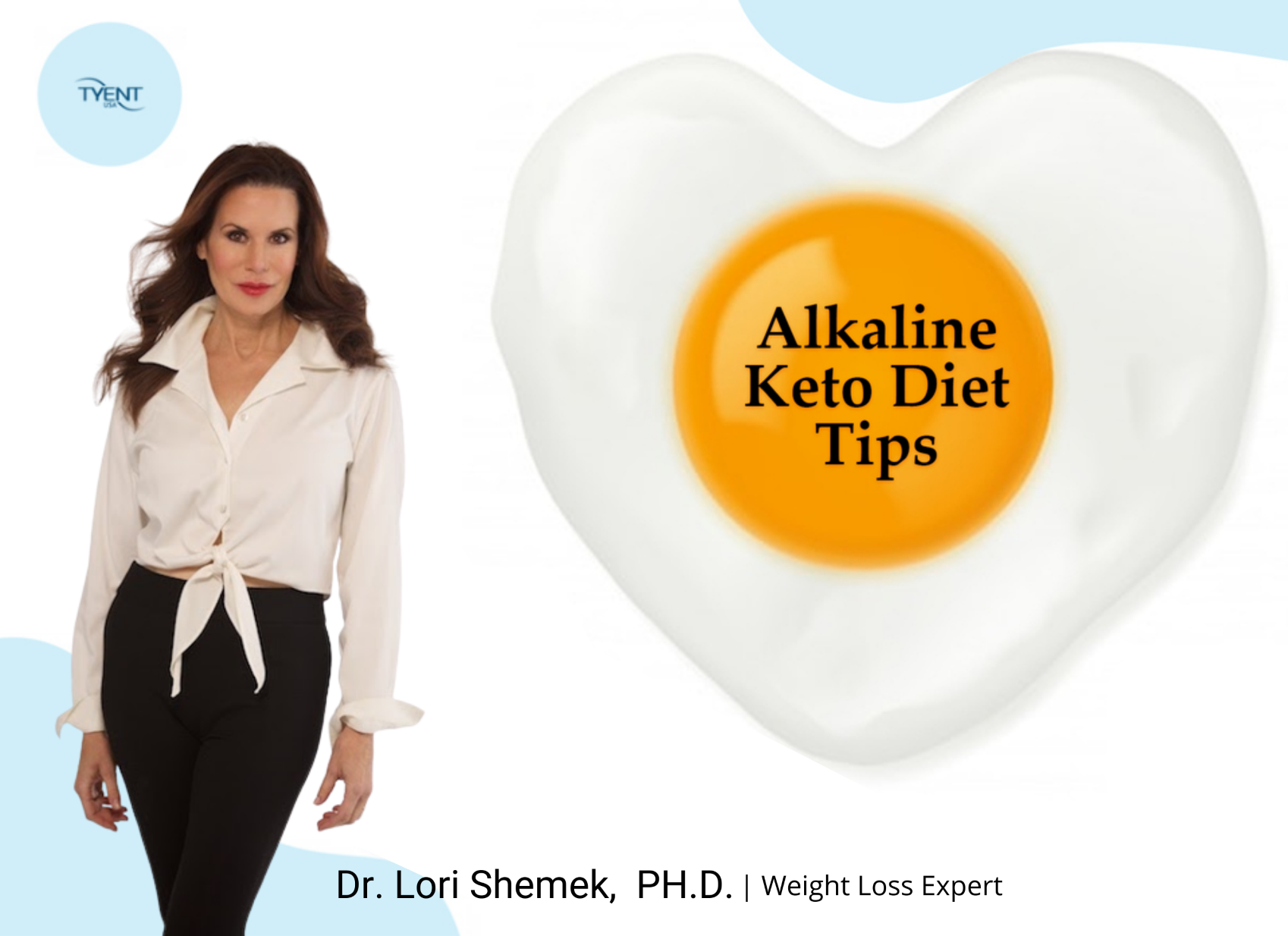Dr. Lori Shemek is back again to share Top Alkaline Vegetables for Optimal Health. Dr. Lori is the best-selling author of books such as The Ketogenic Key, Fire Up Your Fat Burn and Beginner’s Guide to Intermittent Fasting. Dr. Lori is a certified nutritional consultant and weight loss expert who spreads awareness of the negative effects of inflammation.

Feeling inflamed? That may be due to an acidic body and there is a remedy for that.
Eating alkaline foods is great to help you easily keep your body in an alkaline state. Keeping the body somewhat alkaline vs acidic is a powerful way to optimize health that may lead to more energy, less inflammation, slower aging, immune health, joint and bone health, better gut health, better cognition, and more. In fact, not having a slightly alkaline body, meaning a more acidic state ensues, may contribute to fatigue, poor gut health such as heartburn, brain fog, inflammation, weight gain, unhealthy skin, nails, hair, fatigue, lethargy, and other potential health conditions. Additionally, muscle mass, just as bone mass, is sacrificed in an acidic state to maintain the all-critical system-wide pH balance.
Adequate potassium contributes to an alkaline body. Unfortunately, our diet has evolved to be depleted of potassium. The RDA for potassium is 4,700 mg/day, most of us consume only half of that. If we consumed 4,700 mg. a day, we would be preserving both muscle and bone, thanks to the alkalizing benefits of adequate potassium.
Ideally, you should maintain a pH of 6.5 to 7.5. The term pH is a measure of the hydrogen ion concentration of a solution. Solutions with a high concentration of hydrogen ions have a low pH (acid), and solutions with a low concentration of hydrogen ions have a high pH (alkaline).
Simply stated:
The pH value ranges from 0–14:
- Acidic: 0.0–6.9
- Neutral: 7.0
- Alkaline (or basic): 7.1–14.0
Foods like fresh fruits and vegetables, grains like millet, quinoa, buckwheat, and brown rice, and almonds are all alkalizing, while foods like refined sugar, animal products, and junk foods are acid-forming. No surprise healthy people eat a diet with 80% alkaline foods and only 20% acid foods.
Foods that may promote more acidity in the body:
- Sugar
- Dairy – such as processed cheese, high sugar yogurts
- Fish
- Grains
- Juices
- Processed and Refined Foods
- Meats and processed meats
- Sodas and other sweetened beverages
- High-protein foods and Protein Supplements
The Top Alkaline Veggies Include:
- Broccoli
- Cabbage
- Celery
- Endive
- Garlic
- Alfalfa Sprouts
- Parsley
- Kale
- Spinach
- Sauerkraut
- Collard Greens
- Jalapeno
- Red Onion
- Root Vegetables
- Cucumber
- Bell Peppers
- Parsley
- Spinach
The Top Alkaline Fruits Include:
- Lemons
- Limes
- Grapefruit
- Avocado
- Tomatoes
- Coconut
- Pomegranate
Additionally, alkaline water is another added advantage of alkalizing our bodies.
Eating an alkaline-based diet mainly emphasizes healthy choices of foods such as vegetables, fruits, lentils, nuts, and drinking plenty of alkaline water, while limiting sugar meat, processed foods, and alcohol. These food choices promote overall well-being, and mental well-being while helping to shed excess fat, increase energy, reduce inflammation and lower cancer risk.
View this post on Instagram
Recommended Reading | Dr. Lori’s Vault








